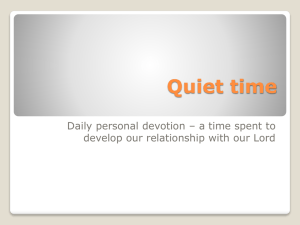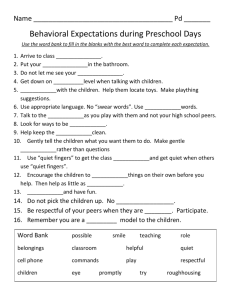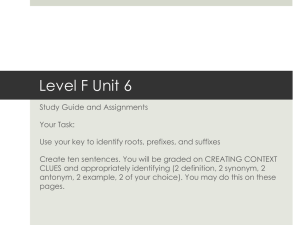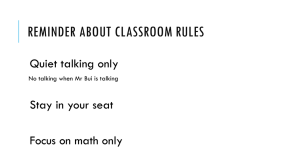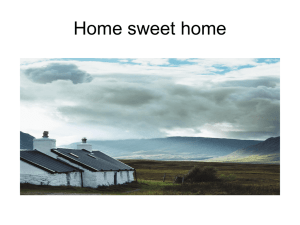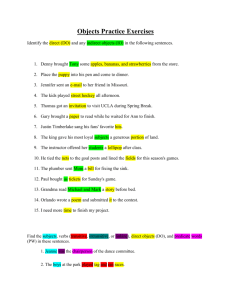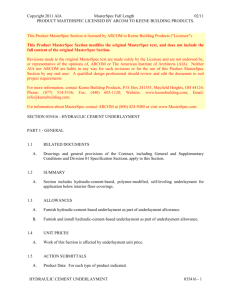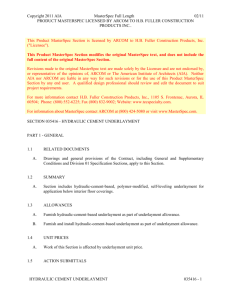Guide Spec (DOC) - Keene Building Products
advertisement
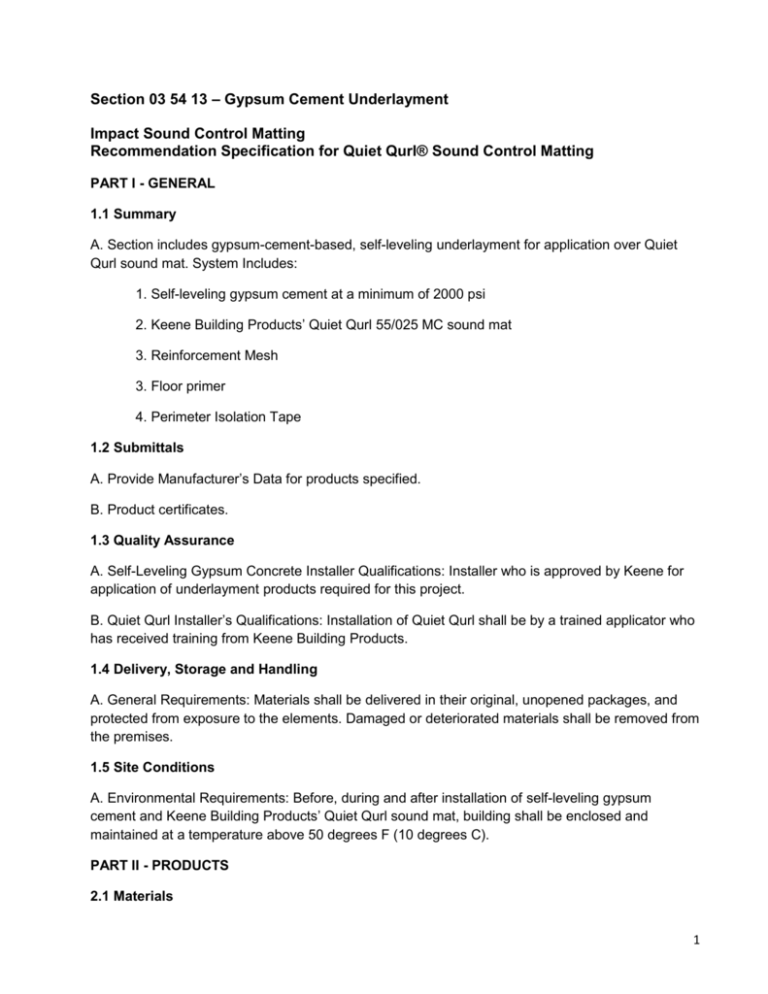
Section 03 54 13 – Gypsum Cement Underlayment Impact Sound Control Matting Recommendation Specification for Quiet Qurl® Sound Control Matting PART I - GENERAL 1.1 Summary A. Section includes gypsum-cement-based, self-leveling underlayment for application over Quiet Qurl sound mat. System Includes: 1. Self-leveling gypsum cement at a minimum of 2000 psi 2. Keene Building Products’ Quiet Qurl 55/025 MC sound mat 3. Reinforcement Mesh 3. Floor primer 4. Perimeter Isolation Tape 1.2 Submittals A. Provide Manufacturer’s Data for products specified. B. Product certificates. 1.3 Quality Assurance A. Self-Leveling Gypsum Concrete Installer Qualifications: Installer who is approved by Keene for application of underlayment products required for this project. B. Quiet Qurl Installer’s Qualifications: Installation of Quiet Qurl shall be by a trained applicator who has received training from Keene Building Products. 1.4 Delivery, Storage and Handling A. General Requirements: Materials shall be delivered in their original, unopened packages, and protected from exposure to the elements. Damaged or deteriorated materials shall be removed from the premises. 1.5 Site Conditions A. Environmental Requirements: Before, during and after installation of self-leveling gypsum cement and Keene Building Products’ Quiet Qurl sound mat, building shall be enclosed and maintained at a temperature above 50 degrees F (10 degrees C). PART II - PRODUCTS 2.1 Materials 1 A. Gypsum Cement: Gypsum Concrete, which meets the criteria of 2000 PSI as per required by Keene Building Products. All others must receive prior approval. B. Entangled net sound mat laminated to a point bonded moisture resistant fabric. 1. Quiet Qurl 55/025 MC as manufactured by Keene Building Products, Mayfield Heights, OH 2. Acceptable alternative which meets the above criteria C. Reinforcement Mesh: Keene Building Products’ Quiet Qurl RWT or 3.4 lbs./sq. yd. galvanized metal lath. D. Sand Aggregate: Sand should meet specifications of the manufacturer of the self-leveling gypsum concrete. E. Mix water: Potable, free from impurities F. Subfloor Primer: Required by selected manufacturer of self-leveling gypsum concrete G. Sealer: Required by selected manufacturer of self-leveling gypsum concrete PART III - EXECUTION 3.1 Surface Condition A. Subfloor shall be structurally sound. Deflection shall not exceed L/360 of the span, including live and dead loads. B. Subfloor shall be dry and debris-free; partition walls shall be installed with gypsum wall board in place, and the subfloor should be flat to 0.25” (6-mm) in 100 feet (3 square meters). 3.2 Application of Quiet Qurl 55/025 MC A. Quiet Qurl 55/025 MC Installation: Install Quiet Qurl following the manufacturer’s recommended installation instructions as provided by Keene Building Products. 1. Restrict areas to light traffic or protect Quiet Qurl with 0.75 inch thick plywood 3.3 Application of Cementitious Flooring A. General: Mix and apply underlayment components according to manufacturers written instructions. 1. Close areas to traffic during underlayment application and for the time period after application recommended in writing by manufacturer. 2. Coordinate application of components to provide optimum underlayment -to-substrate and Inter-coat adhesion. 3. At substrate expansion, isolation, and other moving joints, allow joint of same width to continue through underlayment. 2 B. Thickness of Cementitious Flooring should meet standards provided by Keene Building Products dependent upon type of Quiet Qurl sound mat chosen: 1. Quiet Qurl 55/025 MC: a minimum of 1.00 inches of cementitous flooring C. Apply underlayment to produce uniform, level surface. D. Cure underlayment. Prevent contamination during application and curing processes. END OF SECTION Limitations: 1. Always use perimeter isolation on all walls and penetrations where QUIET QURL will be installed. 2. Always use bulk head to define the area where QUIET QURL will be installed and where carpeted areas without sound mat will begin (see KEENE IDEA). 3. Compressive strength should be a minimum 2000 psi for gypsum underlayment. 4. Gypsum underlayment can crack at doorways and outside corners, consider reinforcement in those areas. 5. Heavy traffic areas and a confluence of doorways can be prone to cracking, consider reinforcement in those areas. 6. ADA units with constant wheeled traffic can be prone to cracking, consider thicker underlayment, reinforcement and floor finishes that spread the load over a greater area. 7. Field sound tests cannot be guaranteed since each component in the assembly and its installation are critical to overall STC and IIC performance. Warranty Limited Warranty: Keene Building Products, Inc. warrants to the initial purchaser only that the goods sold hereunder will be free from defects in material and workmanship and, except as otherwise set forth herein, will conform to the specifications provided. If any failure to meet this warranty appears within one year from the date of shipment of the goods, Keene Building Products, Inc. will correct any such failure by either replacing or repairing any defective goods, at Keene Building Products, Inc.’s option. The preceding paragraph sets forth the exclusive remedy for all claims based on failure of or defect in the goods sold hereunder, whether such failure or defect arises before or during the warranty period and whether a claim, however instituted, is based on contract, indemnity, warranty, tort (including negligence), strict liability or otherwise. The forgoing warranty is exclusive and is in lieu of all other warranties, whether written, oral, implied or statutory. QUIET QURL is a component in an overall floor/ceiling assembly. Its performance is affected by every other component and the likelihood of achieving code compliance is contingent upon many other trades including framers, plumbers, drywall contractors to name a few. Developers and general contractors are responsible for building properly and testing field performance as soon as possible in order to assure the reliability of the project. WARNING: Laboratory tests are not a guarantee of field performance because of the issues noted above and many other design errors that may occur. Please consult a professional acoustical consultant to assure plans are proper and that the floor/ceiling assembly can perform to expectations. 3
